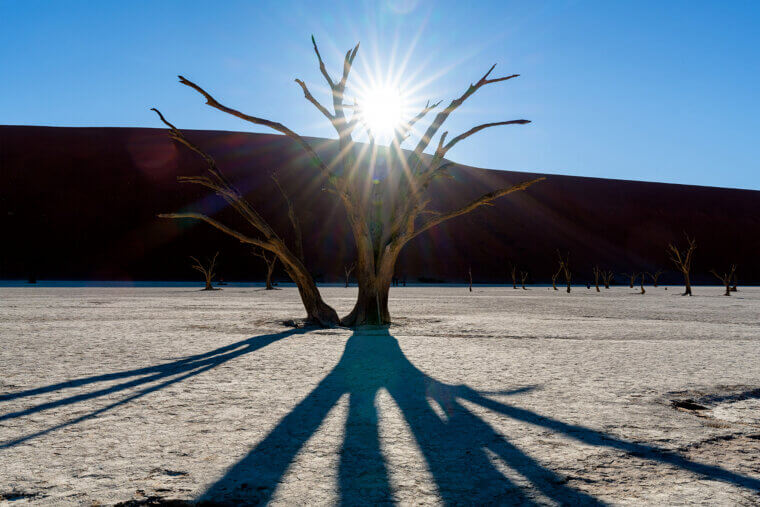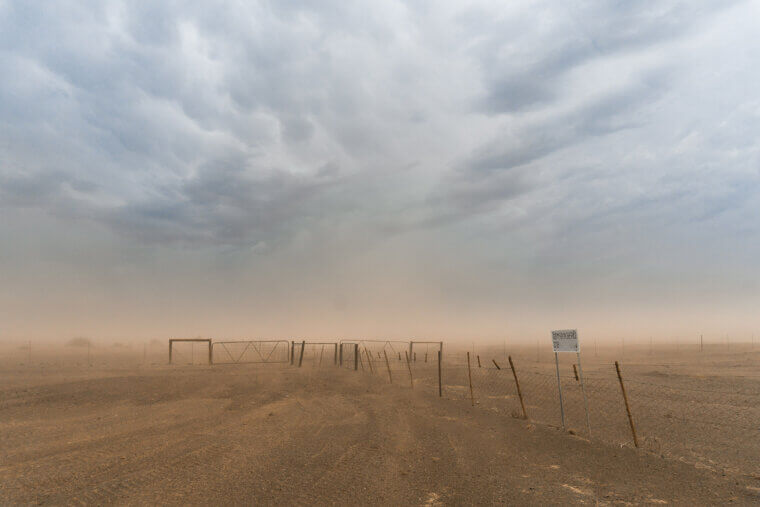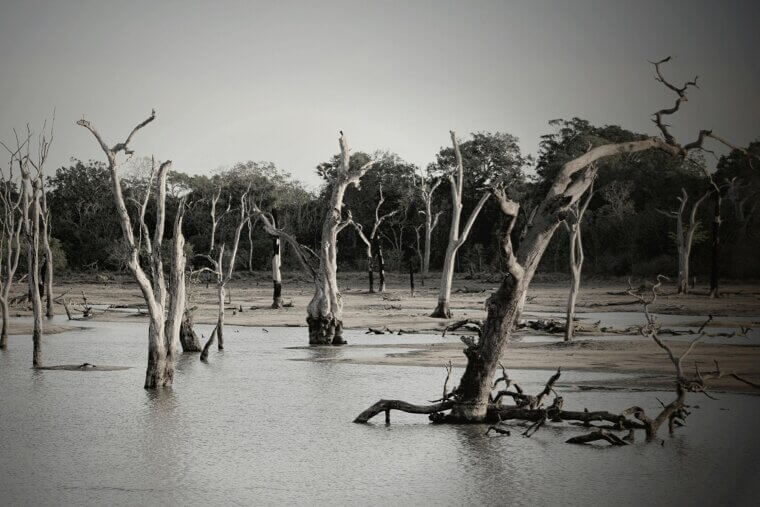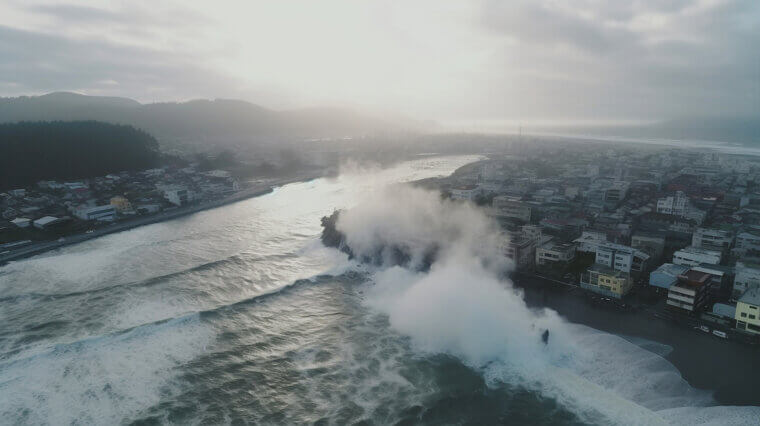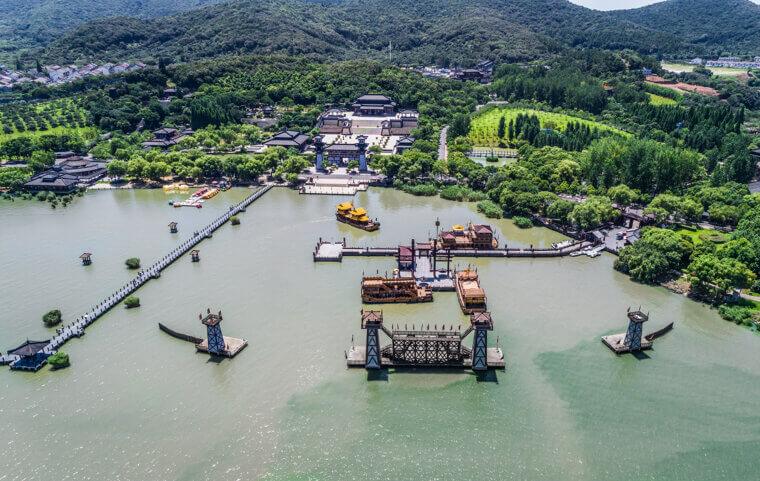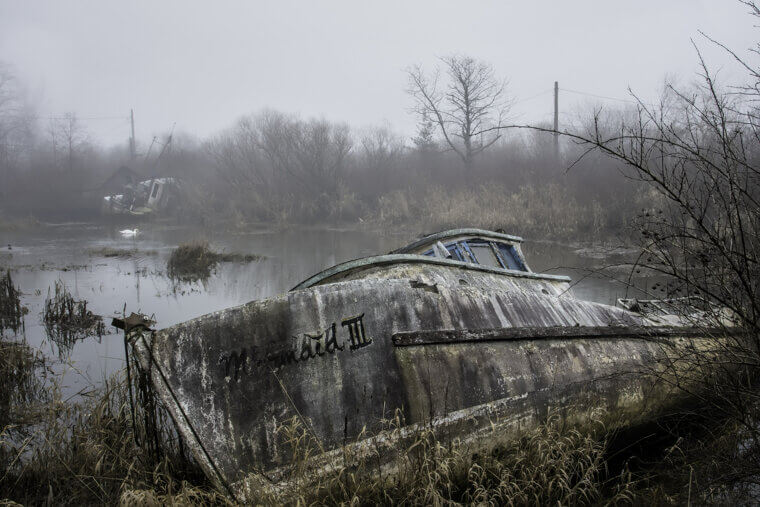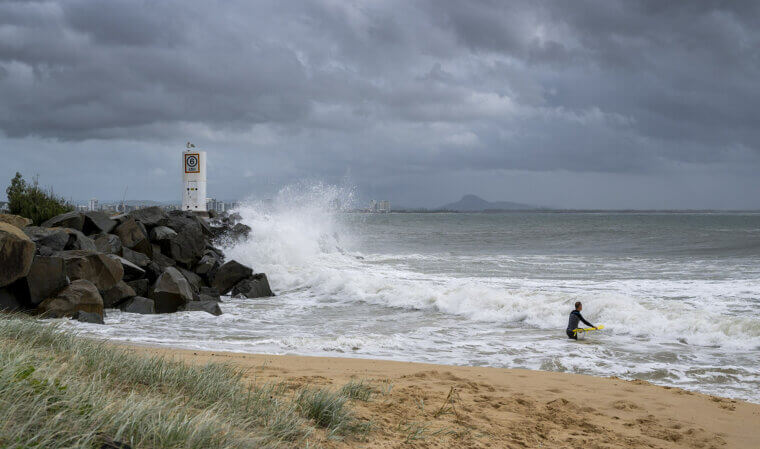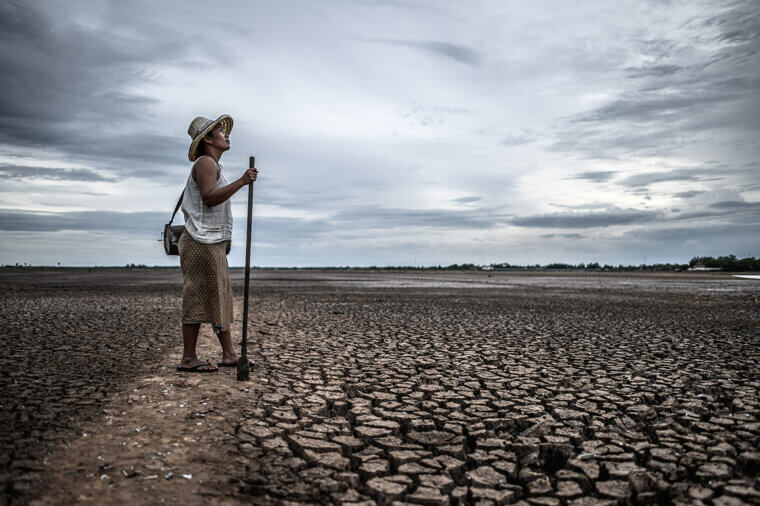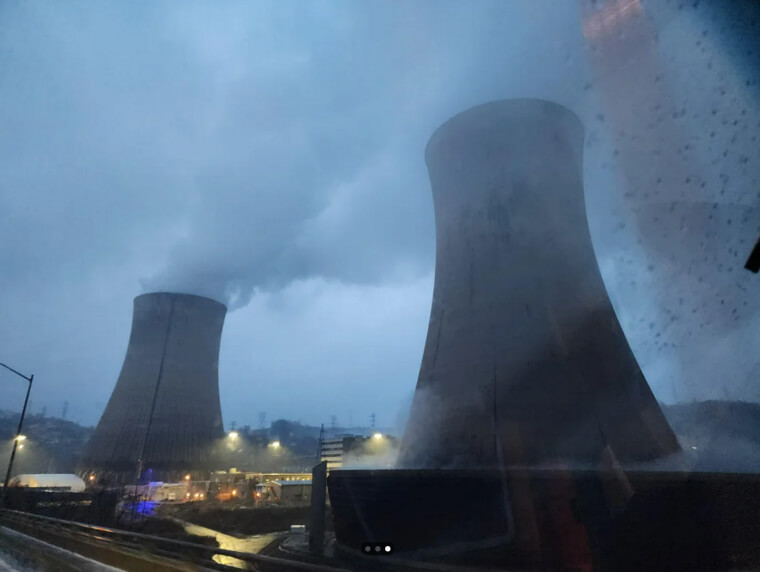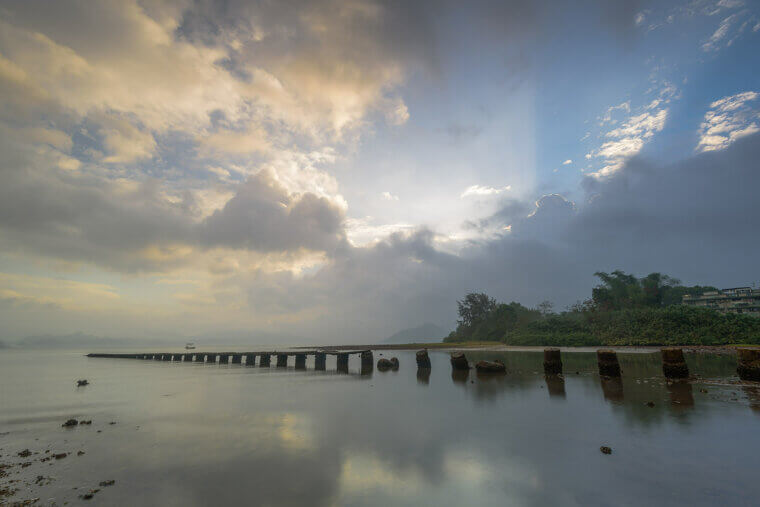The Year Without a Summer (1816)
High-latitude skies looked bruised in 1816, the “Year Without a Summer,” when Tambora’s ash dimmed sunlight and jolted seasons. Europe and North America shivered through June frosts, crop failures, and stormy, sodden harvests. Prices spiked; families left New England for the Midwest chasing steadier weather. In Switzerland, stormbound writers traded ghost stories, seeding early science fiction. The calamity also energized record‑keeping, phenology notes, and efforts to breed hardier grains. One volcanic winter, many ripples: ideas migrated with people, and climate curiosity took root. Farmers adapted tools, calendars, and expectations accordingly.
The Dust Bowl (1930s)
Drought parched the Great Plains through the 1930s while bare, overworked soils lifted into “black blizzards.” Towns disappeared behind dust; farms failed; families packed trucks and headed west. The science became clear: prolonged rainfall deficits, combined with broken sod, invite wind erosion. Out of the grit came policy: conservation districts, shelterbelts, contour plowing, and crop rotations reshaped fields. The Dust Bowl transformed American agriculture to focus on resilience, including prairie restoration and federal insurance. It also reshaped art and memory; photographs and novels carried the story far beyond the plains for generations to come.
Great Mississippi Flood (1927)
Months of record rain swelled tributaries, overtopped levees, and drowned towns from Cairo to the Gulf. Hundreds of thousands were displaced, reshaping communities, labor patterns, and music. A fierce debate over federal relief followed. Engineers answered with spillways, setback levees, and reservoirs, culminating in a new national philosophy of living with a controlled river. The 1927 flood didn’t just redraw maps; it rewired politics, race relations, and disaster policy across the lower valley for the next American century.
North Sea Flood (1953)
On a stormy night in 1953, an intense North Sea cyclone met a high tide and leapt seawalls. The Netherlands and eastern England flooded rapidly; rescue came slowly in darkness and winter cold. The human toll shocked governments into a generational rethink of coastal risk. Out of grief rose engineering: the Delta Works stitched movable barriers across Dutch estuaries, while London planned the Thames Barrier. Oceanographers refined surge models; communities drilled evacuations. The lesson endures: combine prediction, infrastructure, and culture to outwit water when the wind roars again and again.
China’s 1931 Floods
In 1931, the Yangtze, Huai, and Yellow Rivers swelled beyond memory as exceptional monsoon rains, typhoons, and snowmelt converged. Water spread across cities and cropland, triggering famine, disease, and mass displacement. The catastrophe reshaped public health efforts and flood governance, accelerating dike building, reservoir networks, and floodplain management. Urbanization met monsoon muscle, and policy followed the water. The disaster’s imprint lingers in today’s giant projects and hydrologic forecasting. It taught planners to balance room for rivers with safety, storage, and evacuation when seasonal extremes align and communities depend on foresight.
Bhola Cyclone (1970)
Bhola arrived at night over low‑lying deltas, pushing a catastrophic surge far inland and shredding villages with violent winds. Geography funneled the water into estuaries, multiplying height and speed. In present‑day Bangladesh, 1970, the disaster exposed fragile governance and inequity as relief lagged. The human toll catalyzed political change and accelerated independence movements. Out of grief came reforms: dense networks of raised cyclone shelters, louder warning systems, embankments, and volunteer wardens. Bhola also reframed global risk: engineers, insurers, and aid groups began treating storm surge as its own, deadly hazard.
Galveston Hurricane (1900)
A surprise storm slammed Galveston in 1900, its surge erasing neighborhoods, rail lines, and the graceful porches that defined a booming port. Forecasting tools were limited, and warnings arrived patchy; the Gulf rose and kept coming. Commerce and people drifted inland afterward, favoring higher, more protected routes. The response became an engineering case study: a seawall, miles of grade‑raising, and new building standards and better drainage. Meanwhile, Houston’s ship channel and rail links seized opportunity, eventually eclipsing Galveston. The lesson? Ports thrive where protection, prediction, and evacuation culture grow together.
Sahel Drought (Late 1960s–1980s)
Across the Sahel, rains faltered for years, shrinking pastures and wells while winds nibbled fields bare. Herds thinned; families split work between towns and transhumance routes; markets reorganized around scarcity and uncertainty. The culprit was persistent monsoon weakening, compounded by land pressures and policy choices. Out of hardship came new systems: early famine‑warning networks, drought‑tolerant crops, water‑harvesting bunds, and mobile veterinary services. NGOs learned logistics; governments learned to preposition aid. The drought redrew livelihoods and migration, resulting in the development of resilience techniques tailored to semi‑arid realities and shifting seasons.
El Niño 1997–98
A powerhouse El Niño in 1997–98 rearranged the planet’s weather, warming the equatorial Pacific and tugging storm tracks like strings. Some regions flooded; others baked hard; fisheries and coral reefs suffered. Public health tracked mosquitoes, and insurers tracked losses. Suddenly, seasonal forecasting mattered to everyone from farmers to utilities. Governments mainstreamed disaster‑risk reduction, stockpiled supplies, and applied early‑action plans. The episode became a global teachable moment: oceans steer weather, and preparation pays. Forecast centers, media, and communities learned to speak the same language before impacts landed on streets and shorelines.
Angkor’s Monsoon Whiplash (14th–15th C. )
Angkor was a city of water canals, moats, and reservoirs stitched into a hydraulic web. In the fourteenth and fifteenth centuries, monsoon whiplash alternated mega‑droughts with fierce floods, cracking embankments, and clogging channels. Agriculture and livelihoods faltered; ongoing repairs lagged; populations dispersed into satellite settlements. Climate variability hit engineered waterways, revealing maintenance limits and political strain. Today, archaeology and paleoclimate studies reconstruct the swings, informing modern “water‑sensitive” urban design for monsoon regions. Angkor’s lesson endures: cities must flex with pulses of wet and dry, leaving room for rivers, and budgets for mud.

